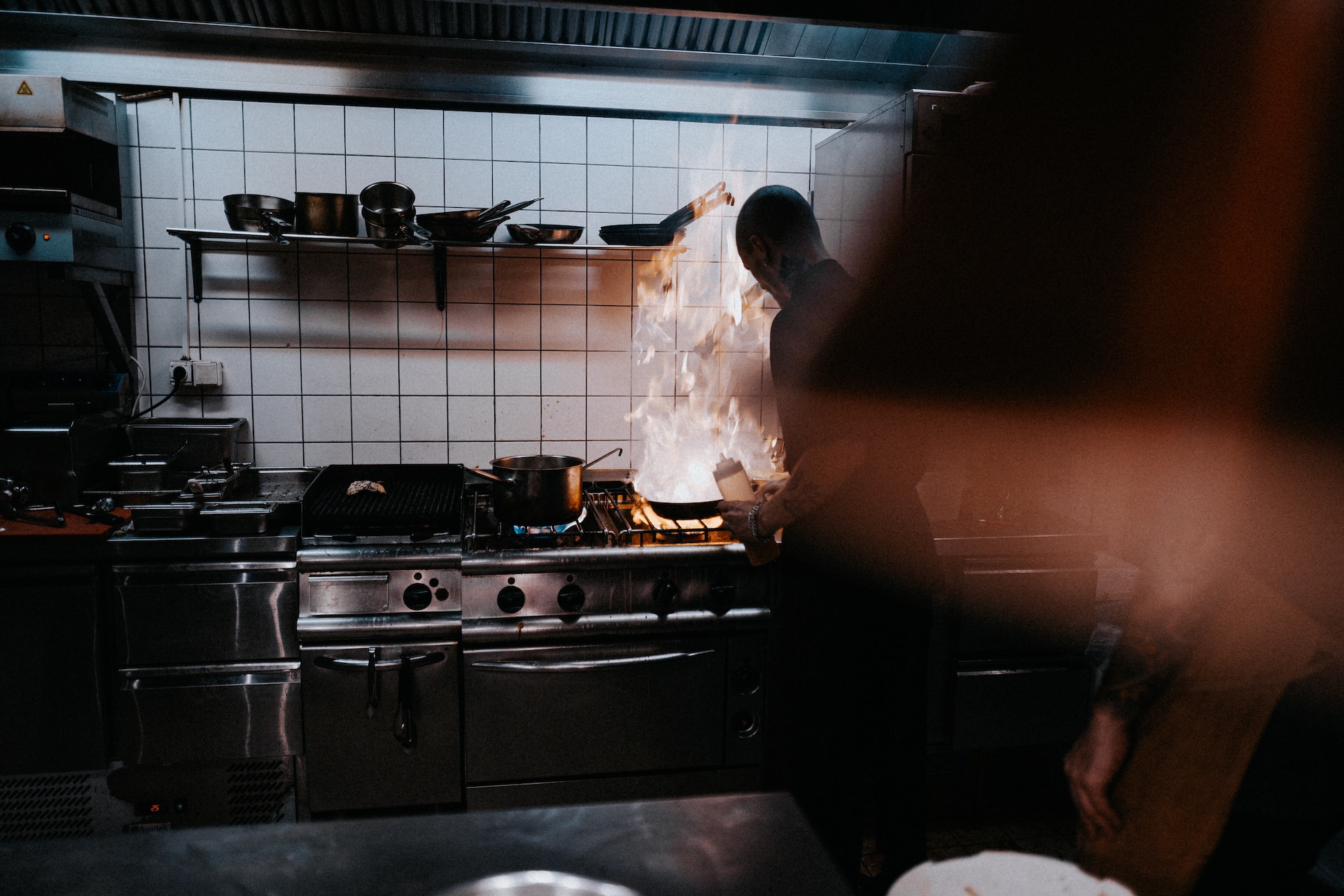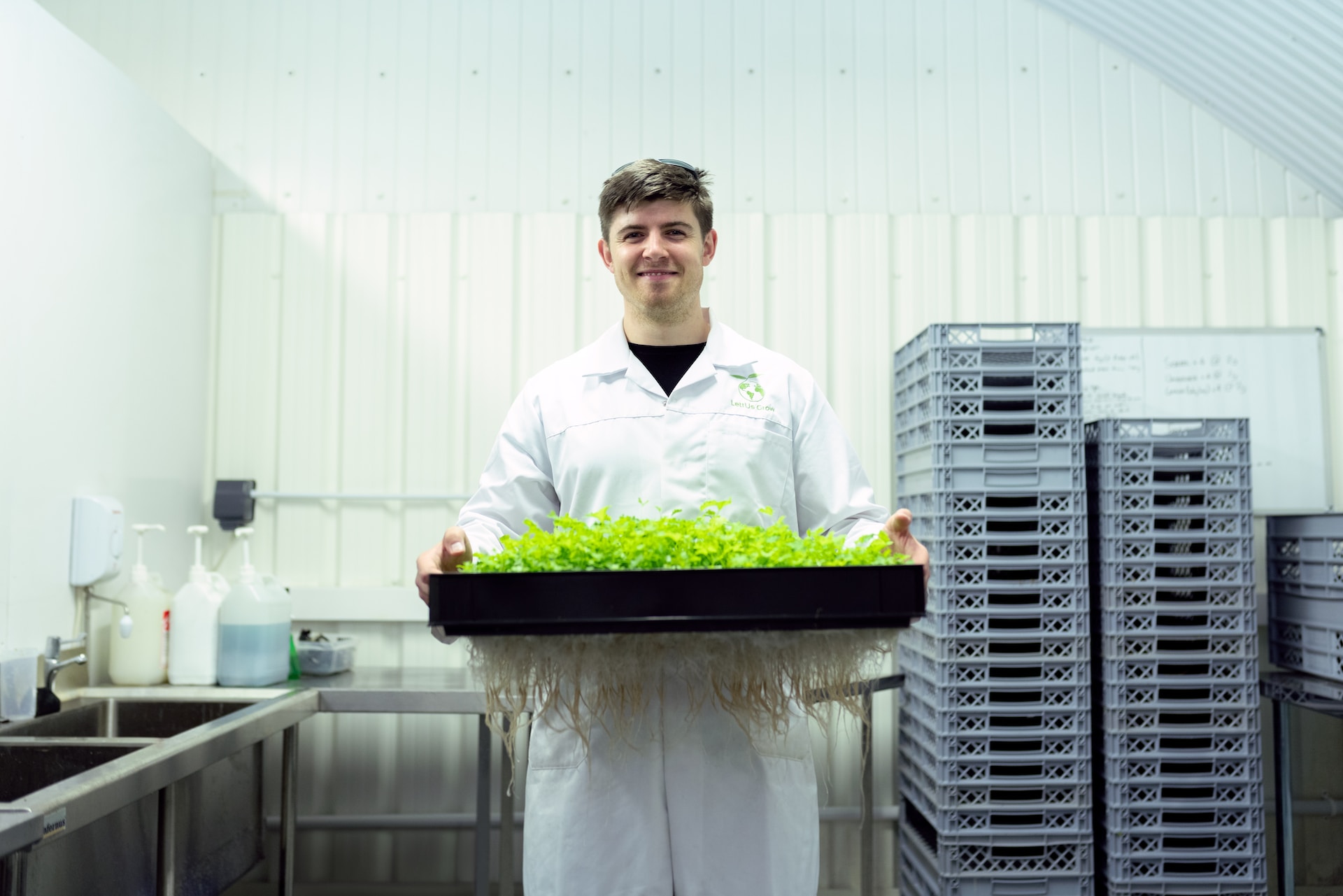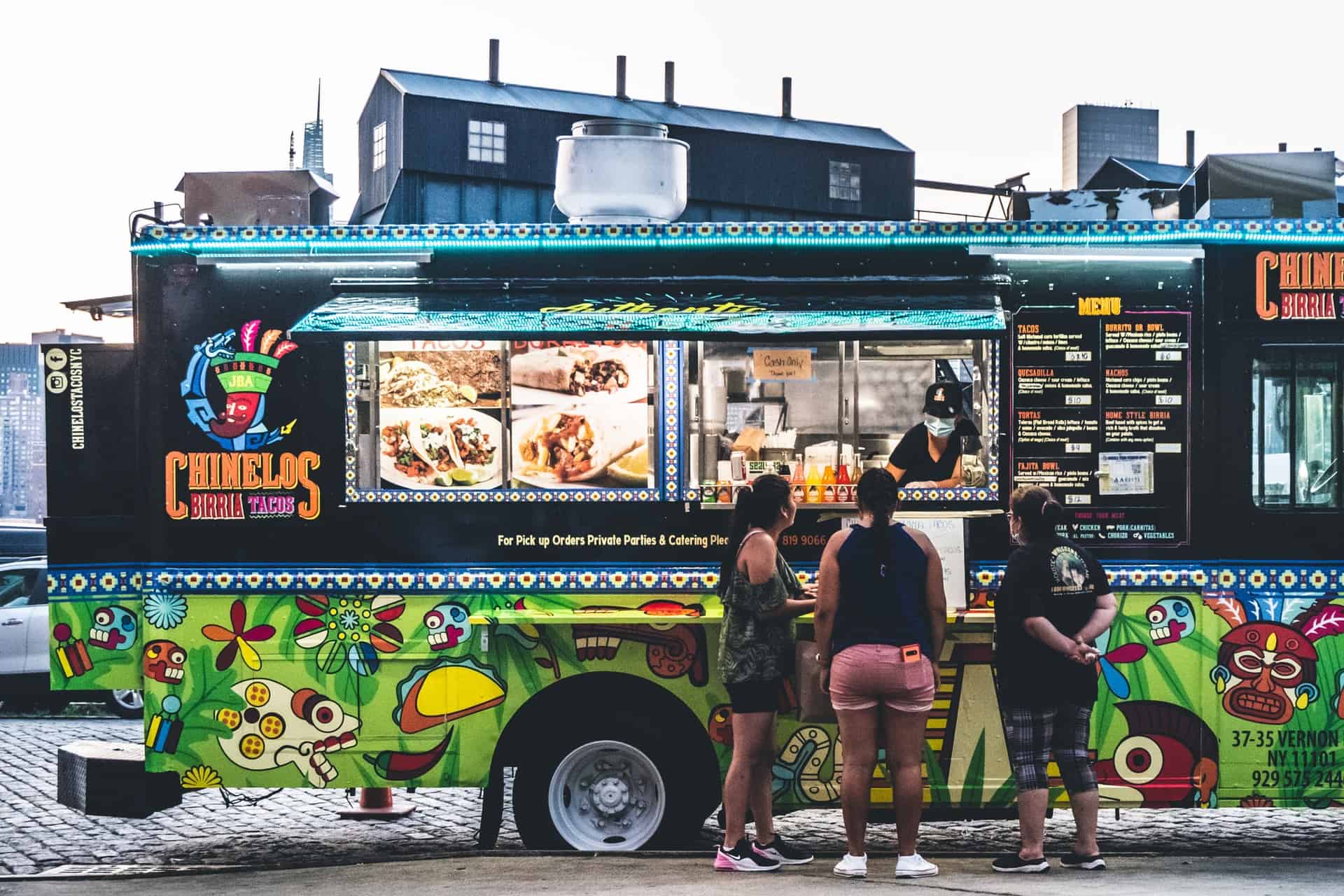
The Problem With the Ghost Kitchen Business Model
September 12, 2023 - Ellie Gabel
Revolutionized is reader-supported. When you buy through links on our site, we may earn an affiliate commision. Learn more here.
Invoking thoughts of haunted restaurants, a ghost kitchen operates somewhere beyond the physical realm — the digital world of online food ordering apps. But beyond the spooky name, there’s something else going on that doesn’t sit quite right with many consumers. How are ghost kitchens getting away with lies?
What Is a Ghost Kitchen?
A ghost kitchen is a virtual restaurant that operates out of a real kitchen space but does not seat customers. Instead, diners order their food online or by phone and either pick it up from a central hub or have it delivered to them.
Some ghost kitchen operations take place in a building that only exists to prepare food, while others operate out of an existing restaurant with a dining area. For example, It’s Just Wings is a chicken restaurant available on DoorDash and Grubhub, but there is no actual restaurant called It’s Just Wings where patrons can sit down and eat. Instead, employees of Chili’s restaurant prepare each order in their kitchen, and then a delivery driver takes the food to the customer.
This isn’t a mutually beneficial arrangement between two restaurants — it’s a rebrand of the same service. Brinker International, Inc. owns both Chili’s and It’s Just Wings, giving them different labels to appeal to a broader audience. Denny’s operates Burger Den and Melt Down in addition to its main restaurant chain. TGI Fridays owns Conviction Chicken.
How Do Ghost Kitchens Benefit Companies?
In every case, the virtual brand serves customers exclusively online or via phone ordering. The business model benefits restaurant companies by reducing overhead — no dining room means smaller buildings, which means lower operational costs. There is no need for furniture, plates, silverware or napkins.
It also means restaurants don’t need front-of-house staff like servers, bartenders or hosts. There is less of a mess to clean up and fewer opportunities for diners to sue over a wet floor or altercation with a host. Many companies upskill their existing employees to prepare ghost kitchen menu items, so they’re able to expand their brand without growing their staff.
Another benefit of using ghost kitchens is that companies can test the market. They can find out which items sell well and which need a rebrand, testing out different prices, names and locations for their products.
Some companies, like CloudKitchens, now offer specialized ghost kitchens for delivery-only food service brands. Many big-name brands like Wendy’s, Burger King and Chik-fil-A operate ghost kitchens, and the trend seems to be gathering steam.
Exploiting the Algorithm
Ghost kitchens owned by a single parent company often serve the same entrees and drinks as each other, but creating distinct brands means they take up more slots on delivery apps. In the case of Brinker International, Inc., Chili’s and It’s Just Wings occupy two spaces on DoorDash even though they serve the same wings. The result is that customers can find the brands more easily, and the more they choose them, the more the algorithm will recommend the brands on ordering apps.
This strategy is akin to putting several company names that all have the same number in a phone book to drive business. It creates the illusion of more options, but it’s actually a way for large brands to monopolize delivery apps, potentially crowding out smaller, family-owned businesses.
Additionally, companies can simply delete brands that don’t do well on ordering apps and relaunch them under a new name. Like a many-headed hydra, it’s hard to take down a company with negative reviews if it keeps popping back up under a new moniker.
When Did Ghost Kitchens Become Popular?
The first ghost kitchen in the U.S. popped up in 2013 when the Green Summit Group began offering delivery-only food in New York. The company sold its sandwiches under the name Butcher Block and offered its salads under the lighter, decidedly plant-based name Leafage.
But ghost kitchens went from novelty to global phenomenon during the 2020 pandemic. Suddenly locked out of restaurants, countless people began using delivery apps to get their fast food fix, and virtual restaurant brands exploded across platforms like Uber Eats, Grubhub and DoorDash. Hot food was just a button-click away.
The global ghost kitchen market size was valued at $56.71 billion in 2021, and experts predict it will be worth $112.53 billion by 2027 as more people become comfortable ordering food online. Gen Z consumers are driving much of the growth and show an unprecedented willingness to order in.
Seeing Double
In a YouTube video called “The Deceptive World of Ghost Kitchens,” comedian Eddy Burback orders nine fish sandwiches from nine allegedly different restaurants via an ordering app. All items cost the same, and some of the brands even use the exact same photos.
When Burback picks up his order, he realizes all the sandwiches were, indeed, prepared in one central ghost kitchen — possibly by the same person — and packaged identically. He takes a bite of each sandwich and confirms they are indistinguishable.
The ghost kitchen where Burback placed his all-you-can-eat sandwich order was operating as 44 separate restaurants on the delivery app, many of which were likely owned by the same parent company. Sometimes identical items are priced the same, but sometimes they vary depending on where people shop. Many hospitality companies offer reasonably priced items at some of their locations but charge a premium for items from “high-end” restaurants.
Facing Facts
The food delivery industry has tripled in value since 2017, and it shows no signs of slowing down. Ghost kitchens can help struggling restaurants reach a wider audience through ordering apps, but they also allow large companies to monopolize the industry under the guise of being smaller, locally owned businesses.
Regulators should impose restrictions on the practice of crowding out small restaurants from food ordering apps. There also needs to be greater transparency about where food is coming from so consumers can be informed and give feedback about their experience. Ultimately, shared, cooperative kitchens are a viable business model, but they need to be honest about what they’re doing. And, when the mood strikes, people can always order in person.
Revolutionized is reader-supported. When you buy through links on our site, we may earn an affiliate commision. Learn more here.
Author
Ellie Gabel
Ellie Gabel is a science writer specializing in astronomy and environmental science and is the Associate Editor of Revolutionized. Ellie's love of science stems from reading Richard Dawkins books and her favorite science magazines as a child, where she fell in love with the experiments included in each edition.




